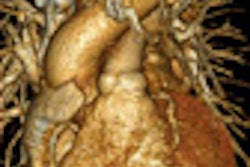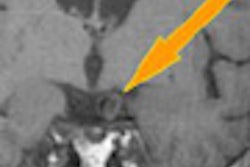Dear Digital X-Ray Insider,
Like any imaging modality, computed radiography (CR) is constantly evolving as vendors improve its technical performance. But the fundamental underlying technology behind CR -- a storage phosphor material, typically a powder based on a formulation of barium fluorobromide -- hasn't changed radically in 25 years.
Now a group of researchers from Argonne National Laboratory in Argonne, IL, and the State University of New York (SUNY) at Stony Brook has developed what they believe could be an improvement on conventional CR technology. The group's technology dispenses with powder-based storage phosphor, and instead uses a glass-ceramic plate that's made from a composite of fluorozirconate and other materials.
While it's still in the early days of development, the SUNY/Argonne team believes the technology may lead to CR systems that look and operate substantially the same as current CR designs, but have much higher resolution for mammography and other technically demanding applications. The project, which was recently recognized by a major scientific magazine, is the subject of this edition's Insider Exclusive, which you can read by clicking here.
In other recent articles in the Digital X-Ray Community, learn about how to develop and implement an effective radiation safety program by clicking here.



















